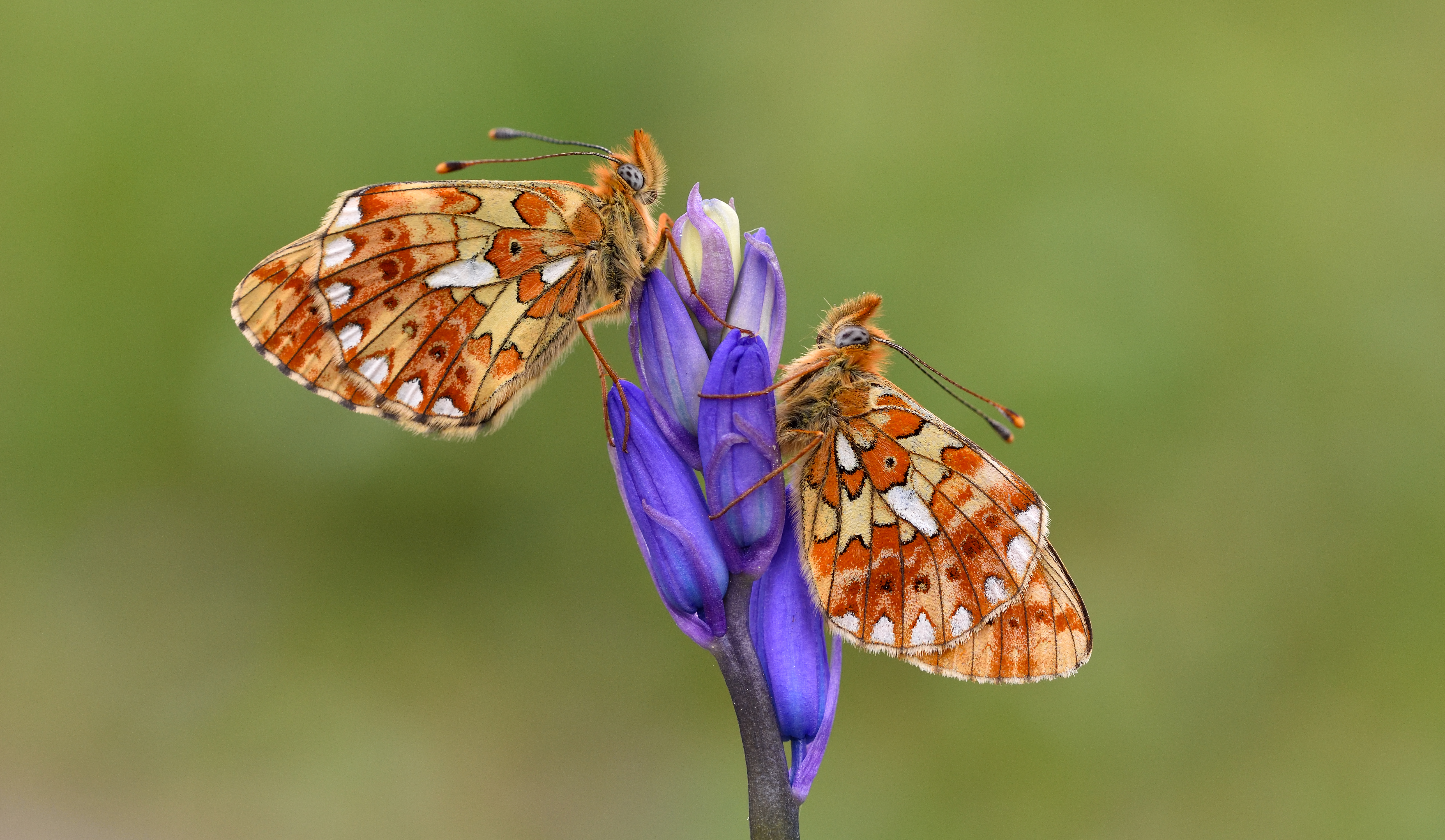The State of Nature partnership was established in 2012 and comprises a grouping of over fifty nature conservation organisations which together have produced two reviews of the status of wildlife in the UK, its Crown Dependencies and Overseas Territories. Two technical reports were published in 2013 and 2016, with the purposes of providing a single, unified authoritative statement on the state of nature, to feed into biodiversity conservation.
More than 50,000 species of plant and animal occur in the UK alone. In the 2016 report, species measures compiled included:
- changes in abundance or distribution (occupancy) for 3,816 freshwater and terrestrial species (of which 56% had declining trends in the long term)
- a composite index of species status using abundance or occupancy from 2,501 species (which had declined by 16% over the long term)
- Red List assessments of extinction risk for 7,966 species (13% of which were considered threatened with extinction, with 2% of species extinct).
Butterfly and moth data was an important component of the report. Abundance or occupancy data was compiled for 51 butterfly species from the UK Butterfly Monitoring Scheme (UKBMS), and 743 moth species from a combination of Butterfly Conservation’s National Moth Recording Scheme (NMRS) and rare moth monitoring projects; the Rothamsted Insect Survey and the Gelechiid Recording Scheme.
The State of Nature project has proved a huge success, with the statistics on biodiversity change quoted widely by the media, conservation bodies and within Government. For example, the two State of Nature reports have been mentioned 12 times in UK Parliament debates, six times in the Scottish Parliament, and 12 in the Welsh Assembly.
The science behind the State of Nature reports has recently been subject to peer review and published in the journal Ecological Indicators. The paper titled “An assessment of the state of nature in the United Kingdom: A review of findings, methods and impact”, was led by Dr Fiona Burns, a scientist at the RSPB1. The paper in particular focuses on the measures of species change that formed the basis of 2016 report, including assessments of robustness and representativeness.
The study showed that there were biases in the taxonomic representativeness of State of Nature headline metrics, despite including data from a broad range of UK wildlife species and groups. Species trends were calculable for 57% of UK vertebrates, 32% of plants, 6% of invertebrates, but only 1% of fungi; with the bias largely reflecting the preference choices of volunteer recorders for visually appealing and easiest to monitor species. A statistical ‘weighting’ was used to account for the oversampling of popular wildlife groups such as birds, bats and butterflies. However, the study found such weighting made little difference to the final assessment of species changes (changing the estimate of decreasing species by only 2%). Weighting by taxonomic level, gave a mixed picture. Weighting the contribution of species trends by the level of kingdom (animals, plants, fungi), the trend became less negative (-13% instead of -16%), but when weighting was undertaken at the level of phylum (Arthropoda, Chordata, Tracheophyta, Peteridophyta, Bryophyta, Marchantiophyta, Lichens) it became more negative (-25%). The overall conclusion was that despite the uneven taxonomic representation, the State of Nature measures give a robust account of the overall negative trend in the UK’s wildlife.
The State of Nature project continues with various research projects underway and a third report due in 2019.
Professor Tom Brereton
Associate Director Monitoring and Research
References
1. Burns, F., Eaton, M.A., Hayhow, D.B., Outhwaite, C.L., Al Fulaij, N., August, T.A., Boughey, K.L., Brereton, T., Brown, A., Bullock, D.J., Gent, T., Haysom, K.A., Isaac, N. J.B., Johns, D.G., Macadam, C.R., Mathews, F., Noble, D.G., Powney, G.D., Sims, D.W., Smart, S.M., Stroh, P., Walker, K.J., Webb, J.R., Webb, T.J. & Gregory, R.D. 2018. An assessment of the state of nature in the United Kingdom: A review of findings, methods and impact. Ecological Indicators 94, 226-236. https://doi.org/10.1016/j.ecolind.2018.06.033


